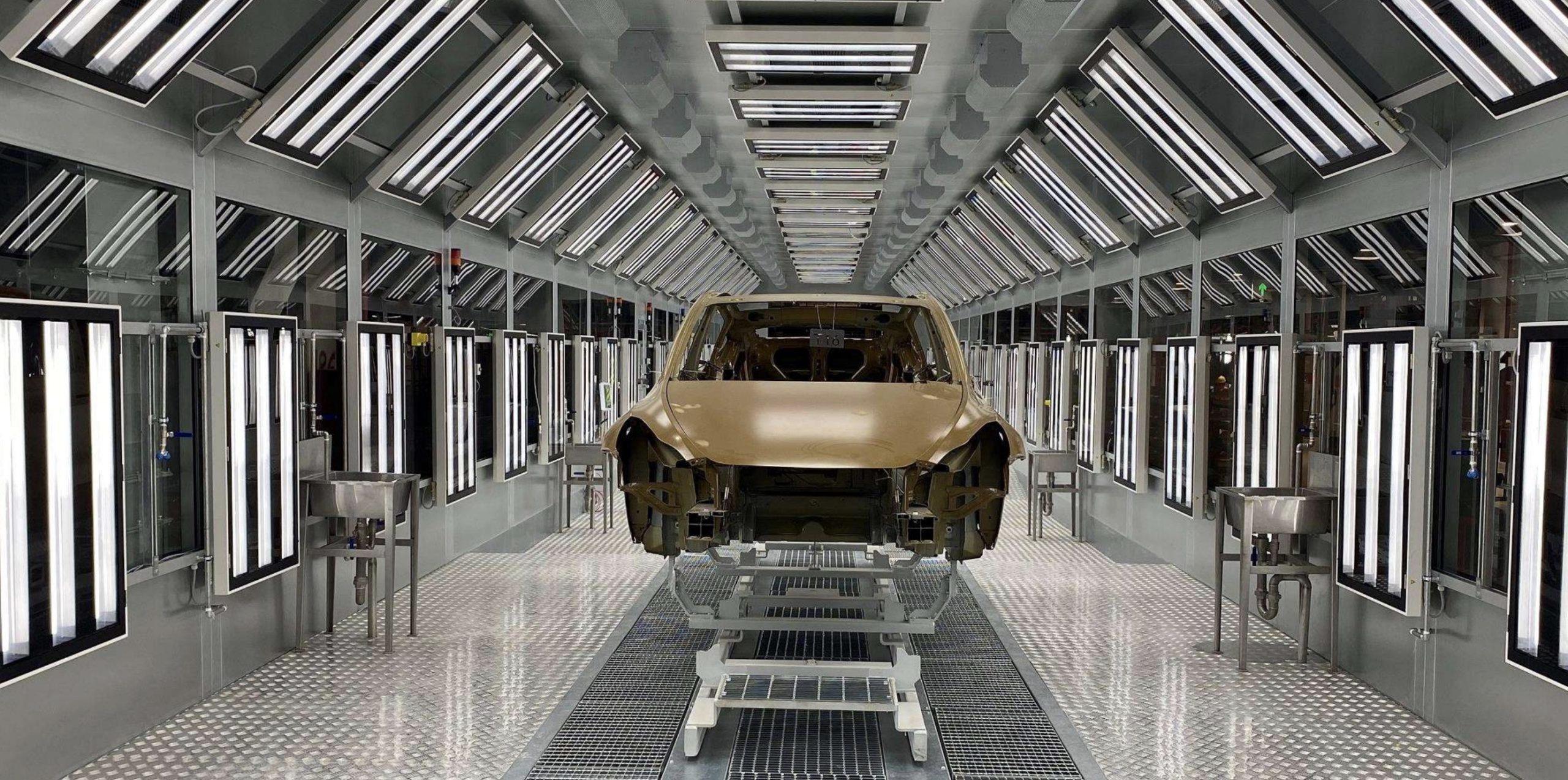Tesla yesterday confirmed its new investment plan for the next two years, including spending up to $12 billion to build its new battery and electric car factories. Thanks to this strategy, the company will be able to significantly increase its production capacity in a short period of time.
Tesla CFO Zachary Kirkhorn already anticipated this planned increase in capex during the conference call following the third-quarter earnings announcement. The company achieved a record for units produced and delivered despite it currently only having two factories in operation (Fremont and Giga Shanghai).
Today Fremont is in charge of the production of the Model S, Model X, Model 3, and Model Y, while Giga Shanghai only manufactures Model 3. However, next year the Model Y will also begin to leave the lines of the Asian plant, which, according to the firm’s estimates, will become its most successful Model.
In 2021 Tesla will open two more factories: Giga Berlin, which will produce Model 3 and Model Y for the European market, and Giga Austin, which will build the Cybertruck pick-up and the Model Y units destined for the East Coast of the United States. The Semi truck and the Roadster hypercar will be made in a fifth factory located in the eastern United States, although its opening date is still unknown. Despite these huge investments, Tesla says it will maintain its profitability.
“Simultaneously, we are increasing [production of] new products [such as] the Model Y and the Solar Roof, building manufacturing facilities on three continents, and testing the development and manufacture of new cell technologies. The pace of our capex may vary based on project priorities, the pace at which we meet milestones, production adjustments in and between our various products, increased economic management efficiency, and the addition of new projects.
Despite projects that are in progress or planned, our business is now consistently generating cash flow that exceeds our spending level, and in the third quarter of 2020, we also reduced the use of our credit lines. We expect our self-financing capacity to continue as long as macroeconomic factors support current sales trends.”

